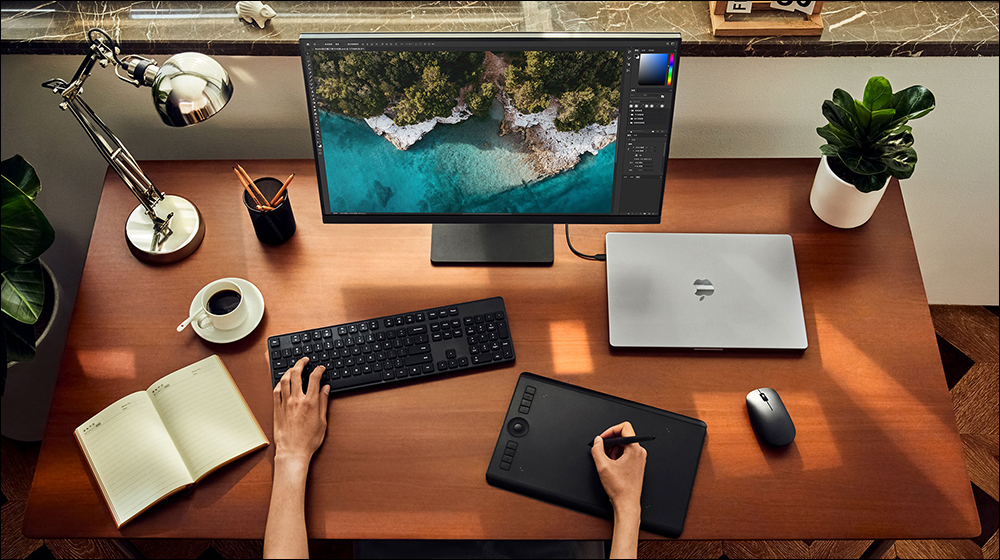LCD monitors have revolutionized the display technology industry by replacing the bulky CRT monitors. However, like every technological marvel, LCD monitors have their drawbacks, and one of them is dead pixels. Dead pixels are small spots on the LCD screen that can be seen as black dots or bright spots.
When purchasing an LCD monitor, it is important to be aware of the brand manufacturer’s warranty policy regarding dead pixels. Each manufacturer offers a different warranty policy, with some covering dead pixels and others not. If you come across a dead pixel when you turn on the monitor for the first time after purchase, it is recommended to immediately return the product for a replacement.
First, let’s understand what exactly a pixel is. Each pixel on the screen consists of three sub-pixels, representing the primary colors of red, green, and blue. These sub-pixels contain tiny transistors that control the intensity of color light. By manipulating the intensity of different color lights, the monitor can display a wide range of colors. However, sometimes these transistors can malfunction, leading to dead pixels.
There are different types of dead pixels. A dead pixel refers to the complete failure of an entire pixel, resulting in a small black dot artifact on the screen. In some cases, due to the polarizing filter, dark spots may appear as white spots, commonly known as “bright spots.”
Another type of dead pixel is a stuck pixel, where one or more sub-pixels are permanently lit and display a fixed color. Although not as easily noticeable as dead pixels, stuck pixels occur more frequently.
Hot pixels are a relatively rare type of dead pixel where all three sub-pixels are constantly on, appearing as a constant white point on the screen.
Most monitor manufacturers offer limited warranties that cover manufacturing defects and dead pixels. However, the warranty policies can vary greatly between brands and even between different models from the same company. Some manufacturers may replace the monitor even if there is a single dead pixel, while others require a certain number of dead pixels before considering the monitor defective. It is advisable to read the warranty details on the brand’s website before making a purchase.
In case you discover dead pixels upon opening the monitor, it is crucial to immediately return or exchange the product through the appropriate channel. For online purchases, users must keep the original packaging intact and avoid removing any protective stickers. Returns and exchanges are typically allowed within 7 days. If purchasing from a physical store, it is important to turn on the screen in front of the delivery installer and report any dead pixels immediately.
If your monitor is out of warranty or the manufacturer’s policy does not address your issue, it is not advisable to physically alter the monitor such as slapping the back or side. Instead, there are some DIY remedies that you can try as a last resort. Pixel repair software, such as UDPixel for Windows, can help eliminate dead pixels by cycling colors on the screen. Manual pressure can also be applied by gently massaging the affected area. Some people even suggest applying heat to dead pixels using a hot towel in a plastic bag. However, it is important to remember that these methods are not guaranteed to be effective and may cause further damage if not implemented properly.
Even if the above remedies don’t work, there are still ways to utilize monitors with dead pixels. They can serve as second displays for tasks that don’t require high screen quality, such as playing music, checking communication software, or watching non-intensive visual content. They can also be donated to nonprofits that accept screens with occasional dead pixels. Additionally, monitors with dead pixels can be used for gaming, watching videos, or as monitoring screens for surveillance cameras.
In conclusion, dead pixels are an unfortunate aspect of LCD monitors. However, if handled properly, they should not significantly impact the overall user experience. It is important to be aware of the manufacturer’s warranty policy and take appropriate action if dead pixels are present upon purchase.
